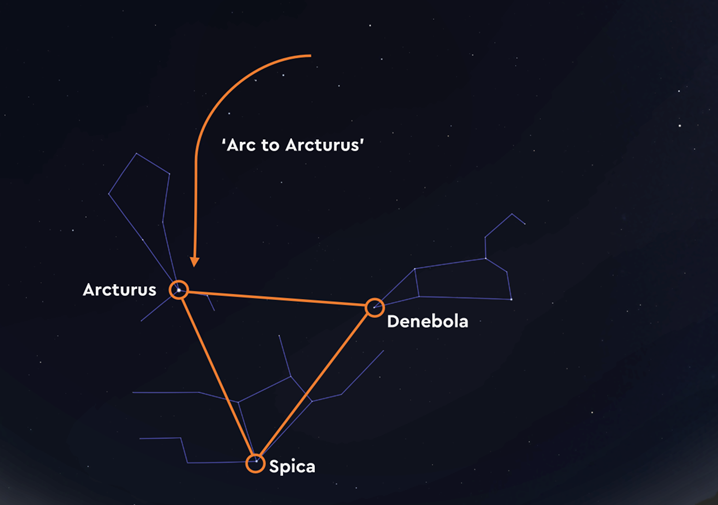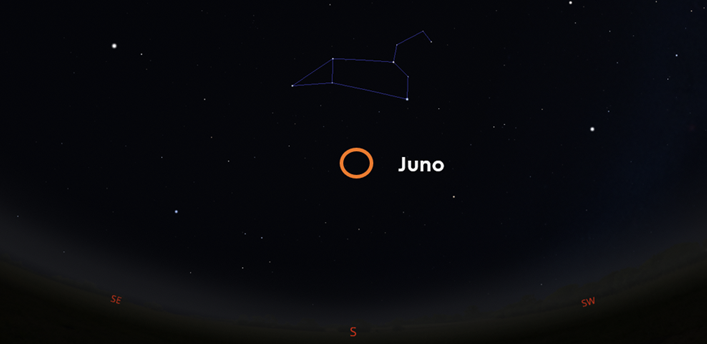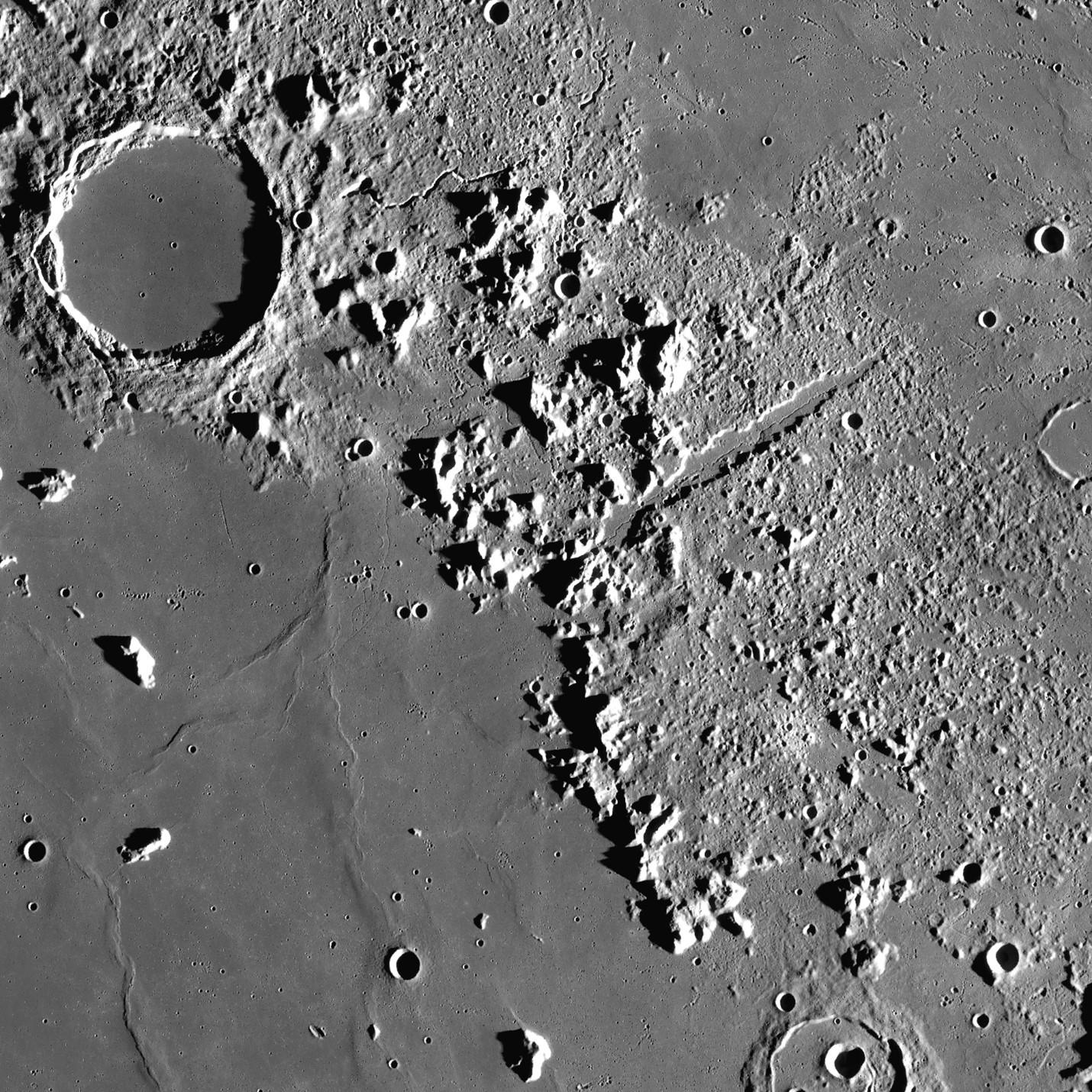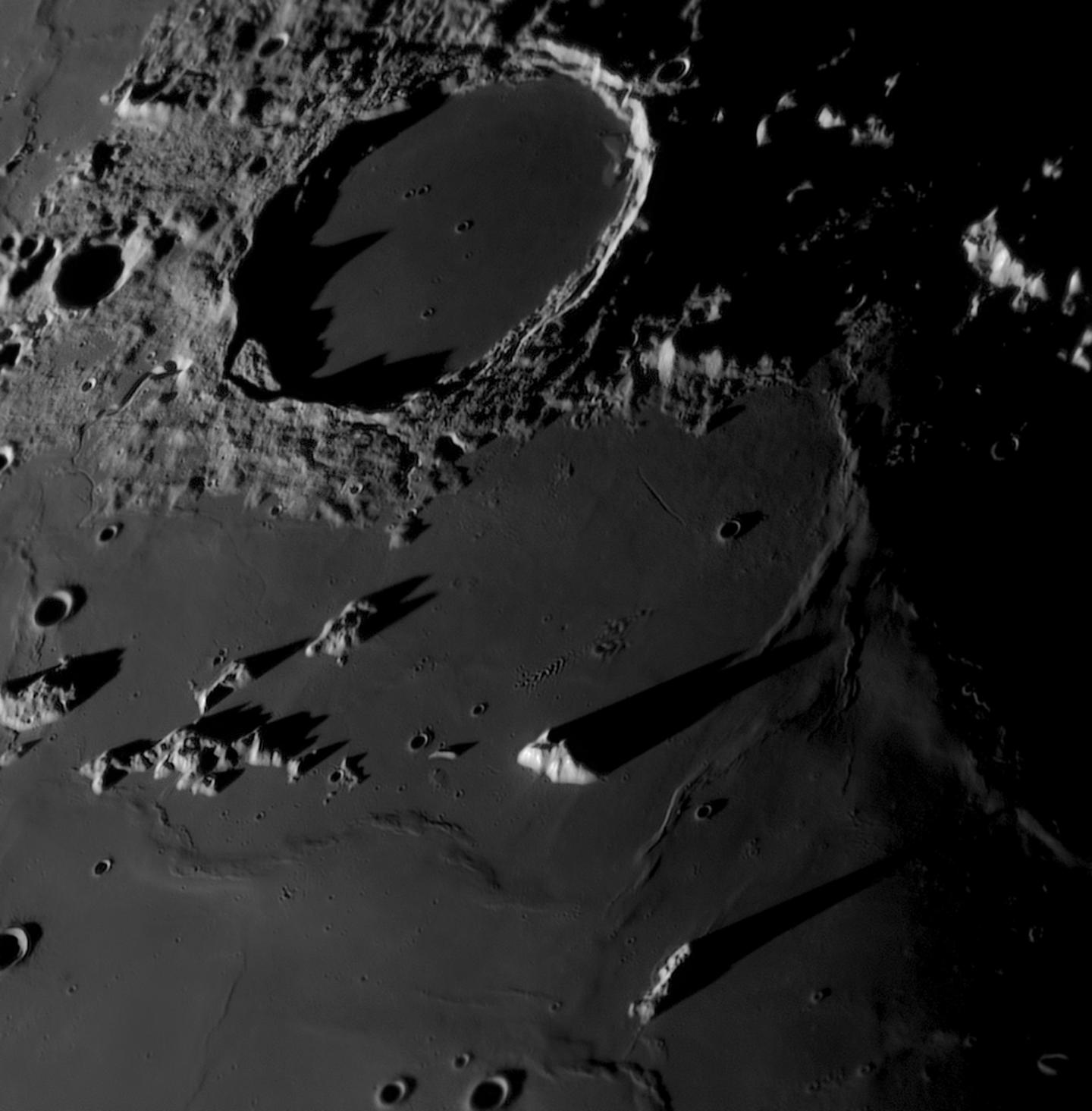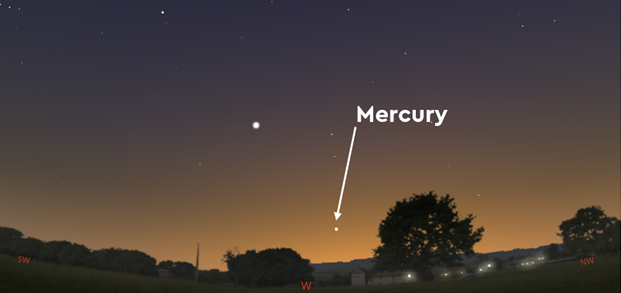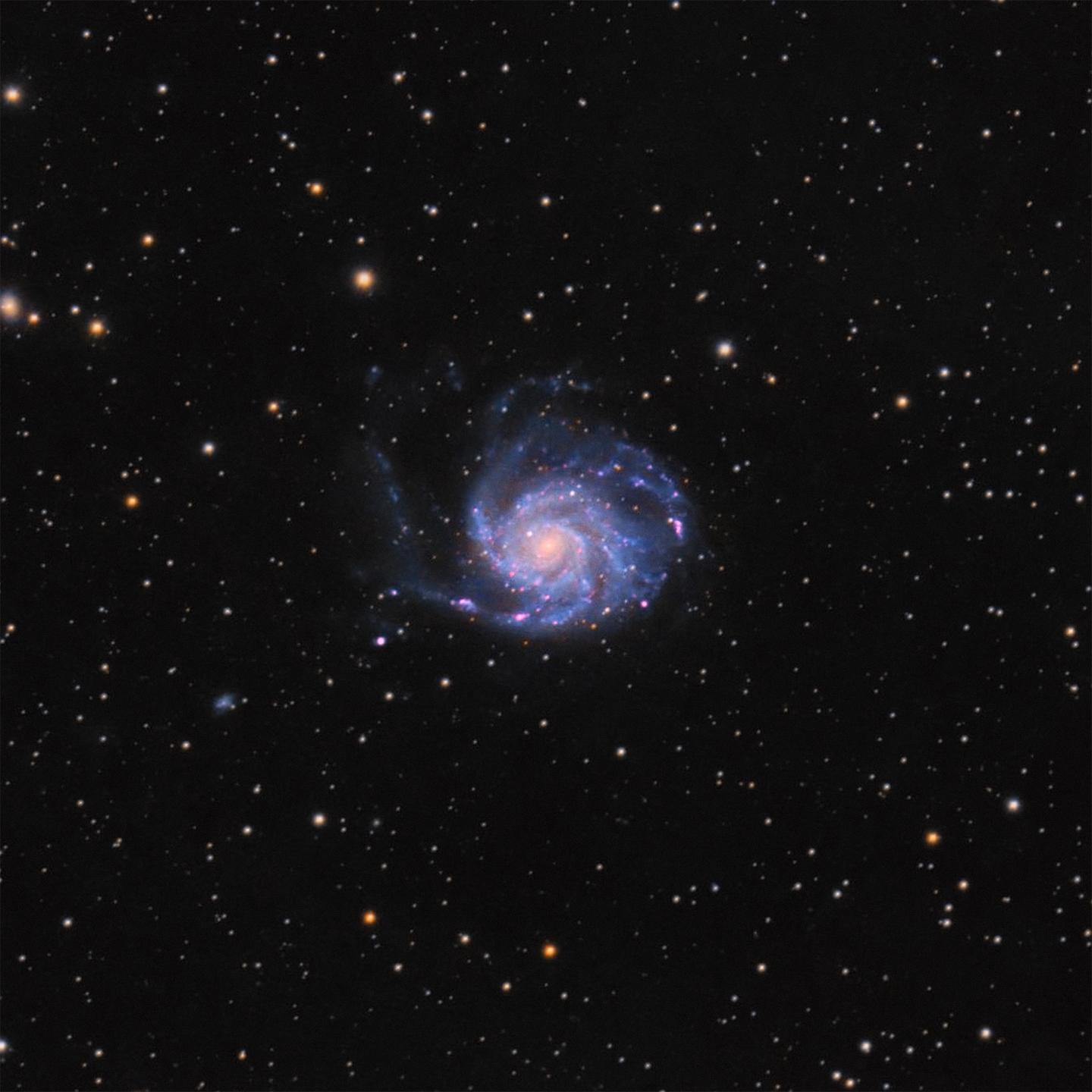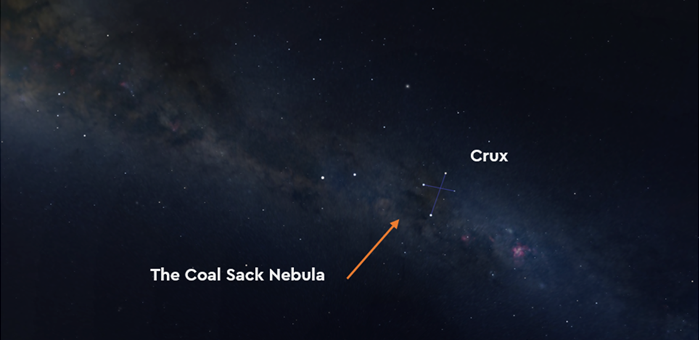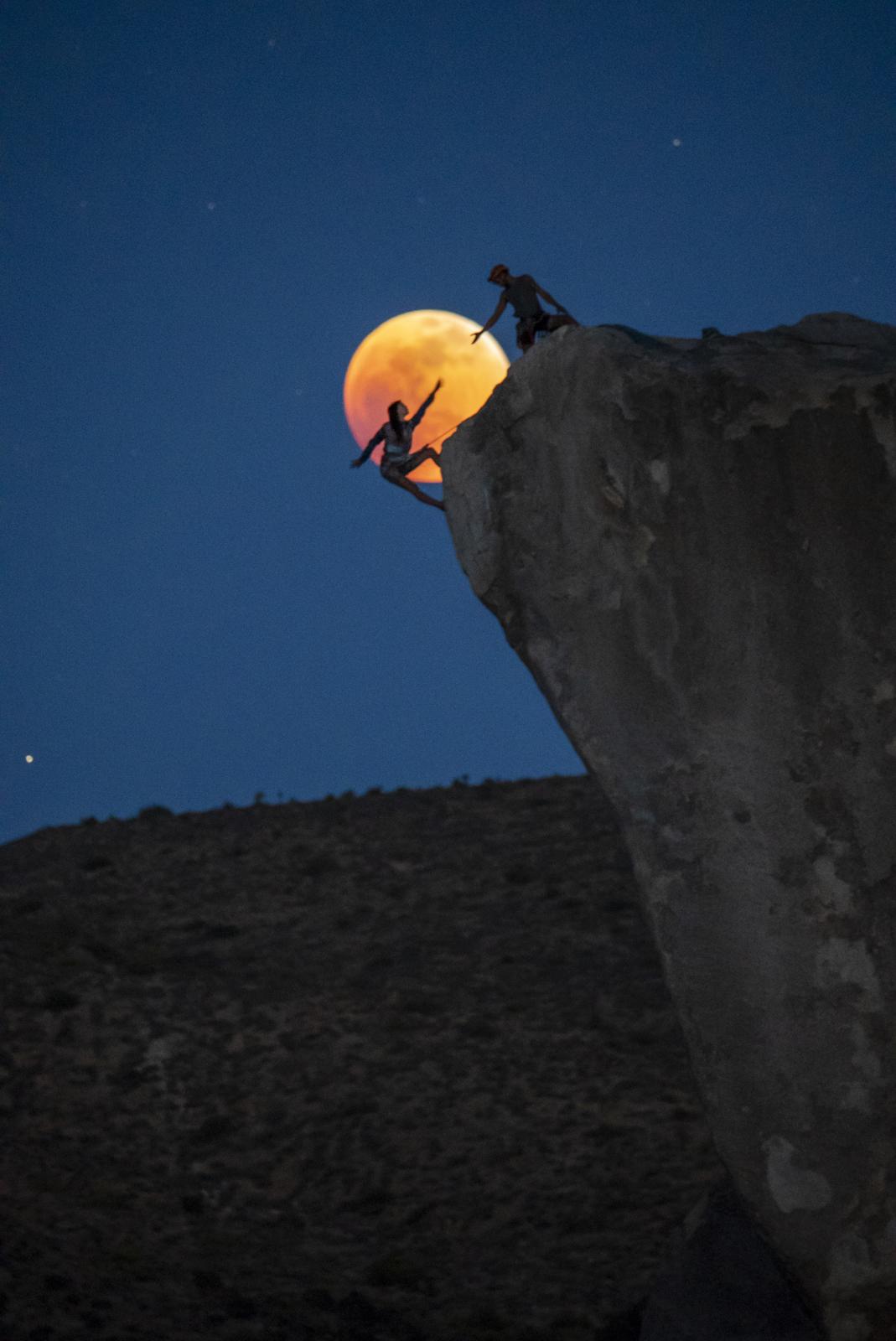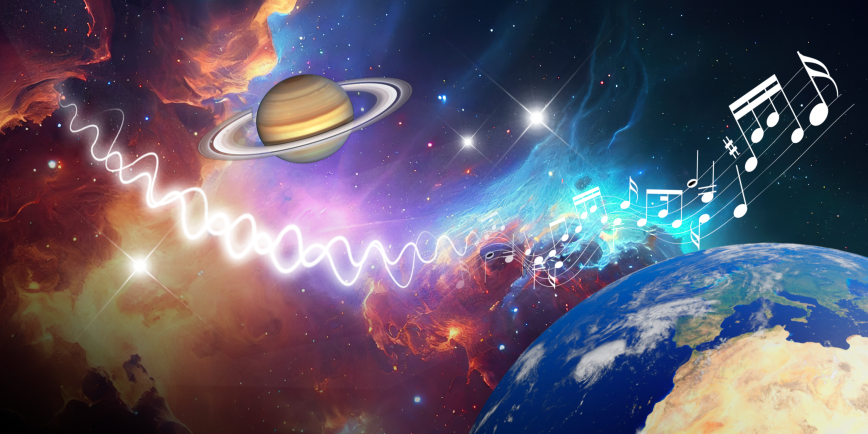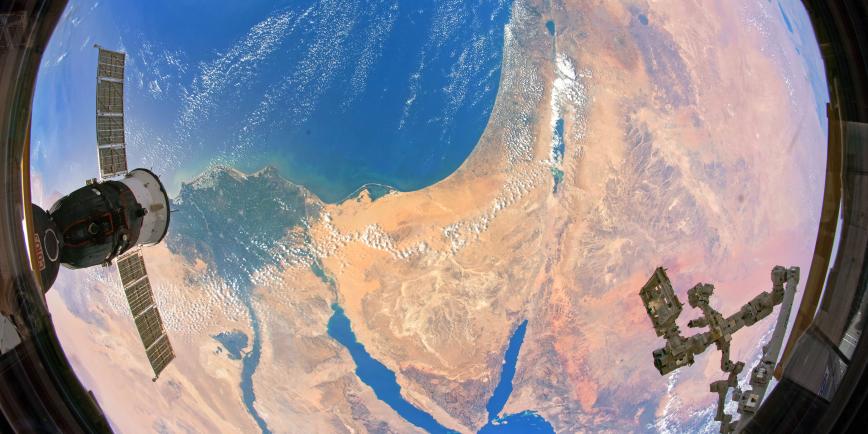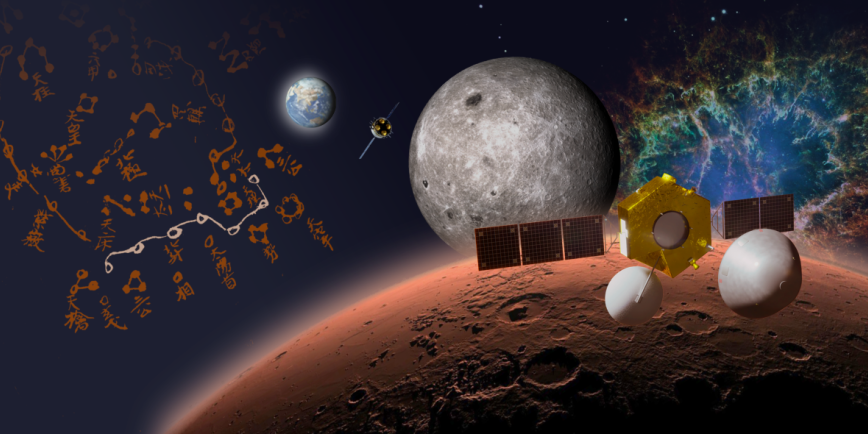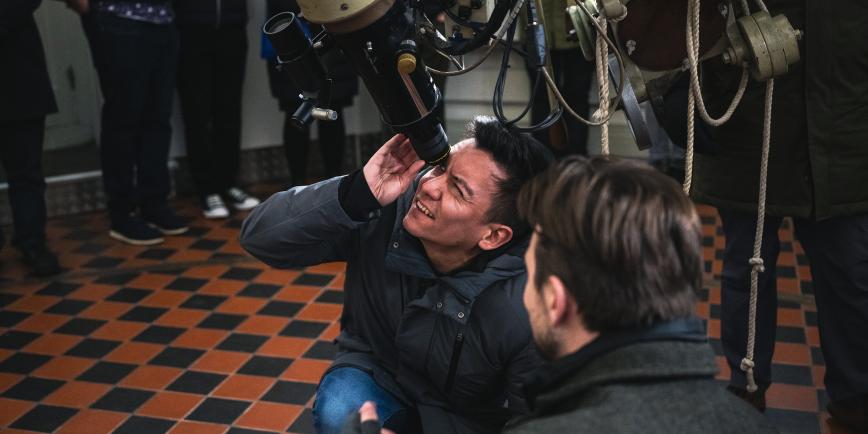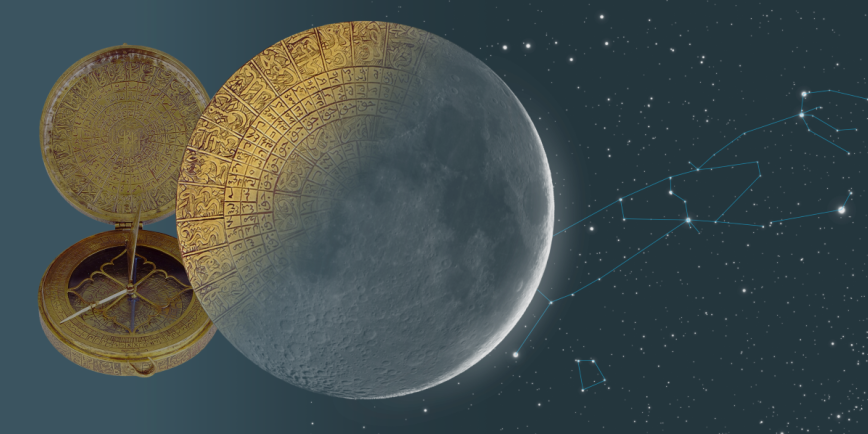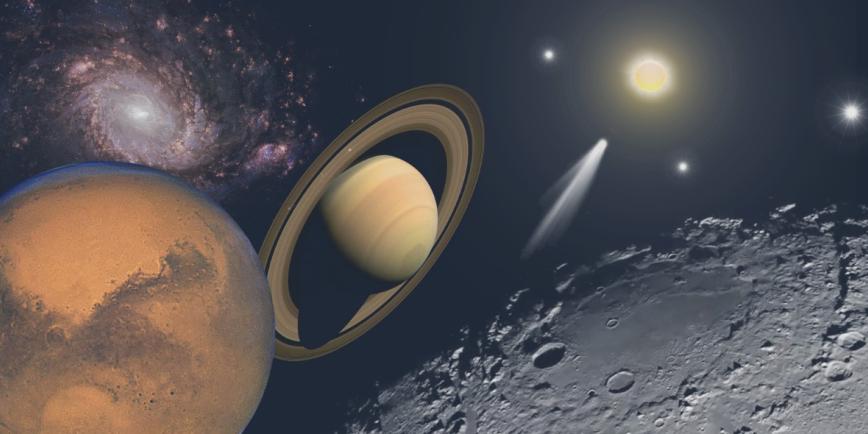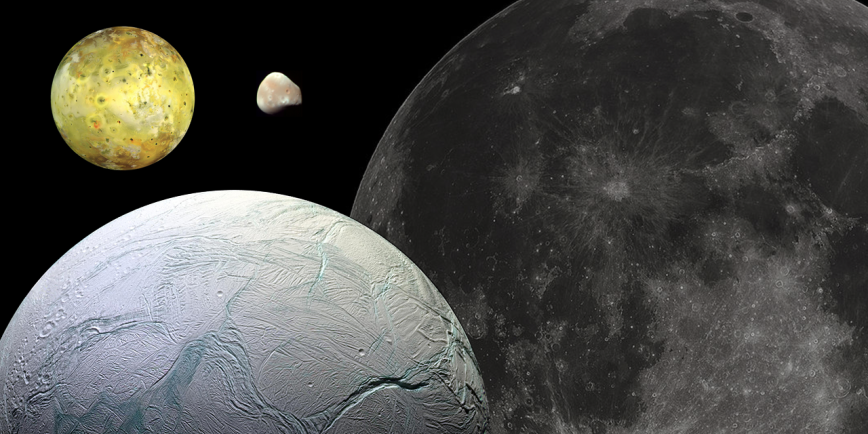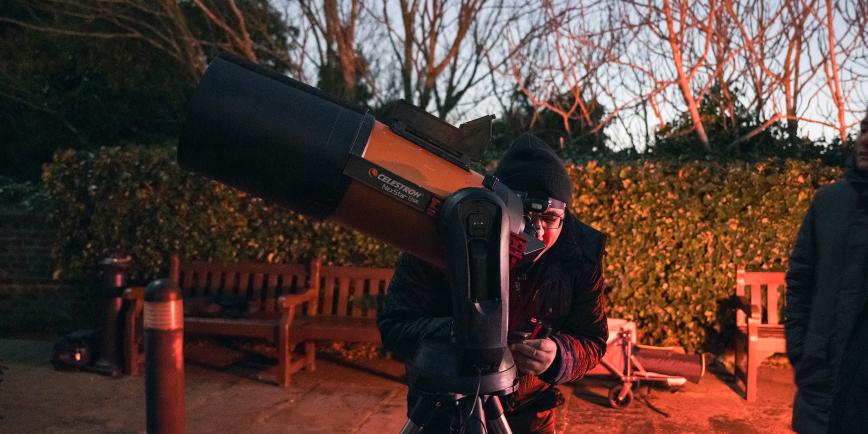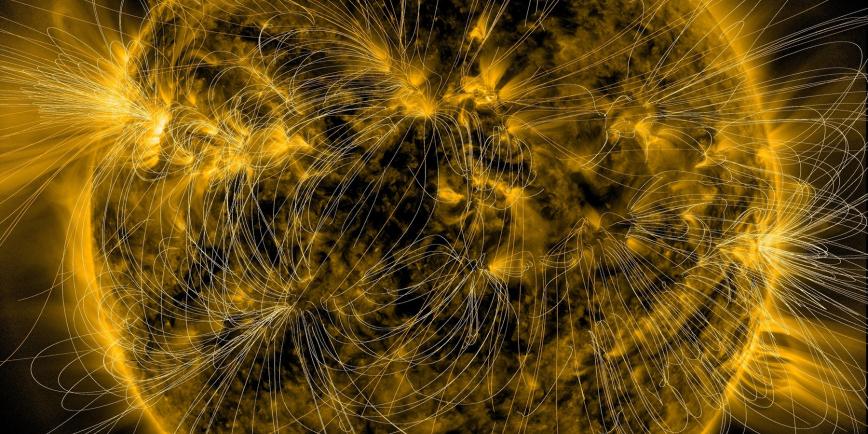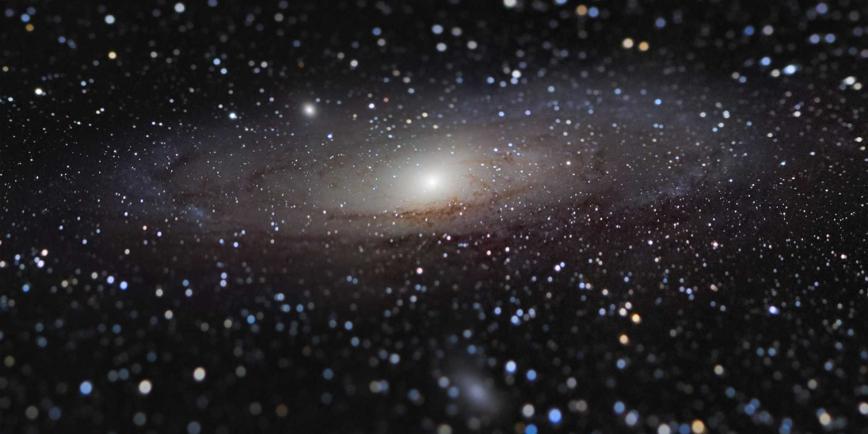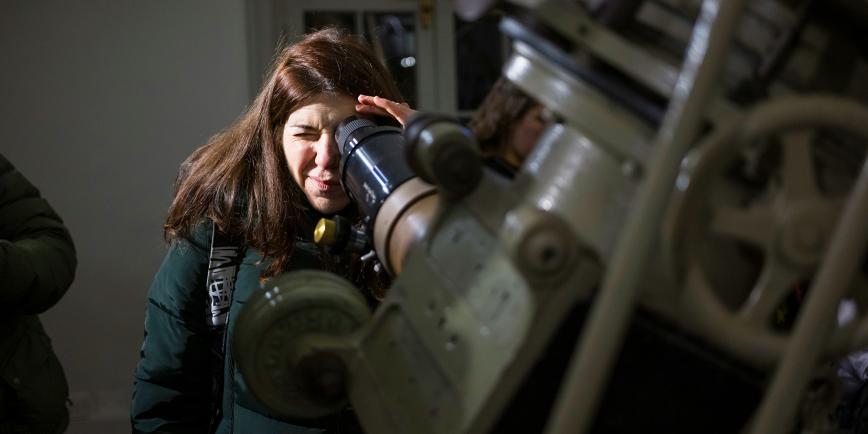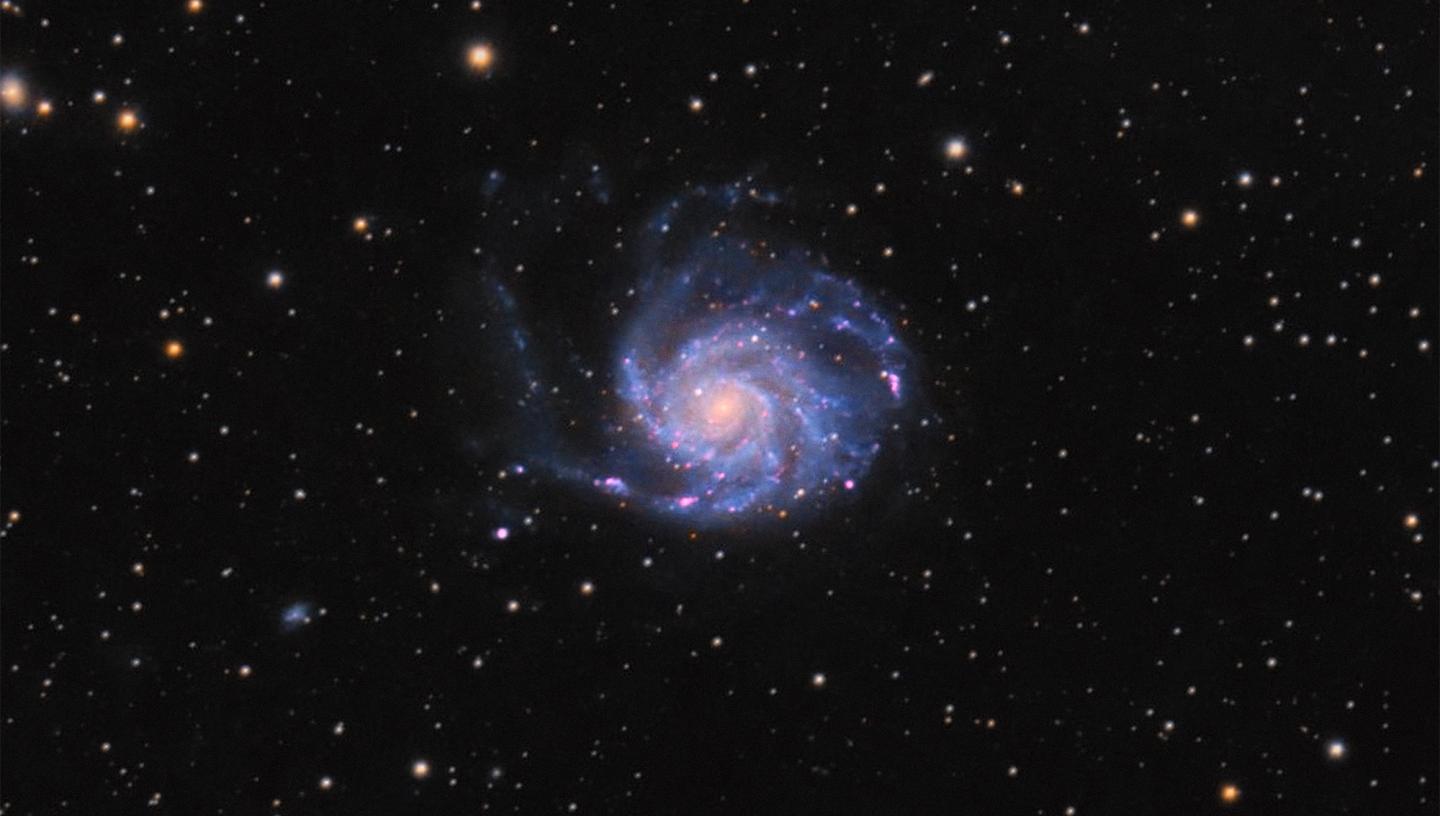
15 Feb 2024
Discover what to see in March's night sky, including the spring triangle, stunning lunar features and Mercury at greatest elongation.
by Jessica Lee, Astronomy Education Officer
Top three things to see in the night sky in March 2024:
- Throughout the month – the spring triangle
- 18 March – Plato crater and other lunar features
- 24 March – Mercury at its greatest distance from the Sun
Spring stars: the Spring Triangle
We’re truly moving into spring now, with the days getting lighter and lighter. The spring equinox on 20 March marks the point where our days and nights are of equal length. From this point forward, for the Northern Hemisphere at least, we’ll have more hours of daylight than night up until the longest day of the year on June 20.
Learn more about the equinoxes and solstices
To celebrate the spring see if you can find the Spring Triangle, three bright stars from three separate constellations, all possible to view even with some light pollution marring your view of the sky.
The spring triangle is made up of Arcturus in the constellation of Boötes, Spica in Virgo, and Denebola in Leo. Look towards the southern sky to find these three bright stars.
You could also use the some of the stars in The Plough to ‘arc towards Arcturus’ as shown in the diagram above – tracing the curve of the handle of The Plough and extending the line across the sky should bring you to Arcturus, a distinctive red giant star and the fourth brightest star in the sky. From Arcturus, Denebola will be to the right and Spica below, closer towards the horizon.
Juno at opposition
Juno was the third asteroid ever to be discovered, back in 1804. It’s also one of the largest in the asteroid belt, sometimes referred to as a minor planet with a diameter of approximately 250 km. If you wanted to find Juno for yourself it will reach opposition this month on the 3 March.
This means it is on the opposite side of the Earth to the Sun, and will have a magnitude of 8.7, which will require a telescope. It can be found in the constellation of Leo, and will reach its highest point in the southern sky around midnight. This is well before the Last Quarter Moon rises at around 3am, so hopefully your skies will be dark enough!
See features on the Moon at First Quarter
The line which marks the boundary between day and night on the Moon (or on any celestial body) is known as the terminator. This area of the Moon is a good target for your telescope if you want to admire some lunar features. The Sun is illuminating these areas from a low angle, meaning mountains, valleys and craters appear more exaggerated.
Try viewing the Moon just after First Quarter, from 18th March this month, and see if you can find Plato crater to the north of Mare Imbrium. This crater has an incredibly smooth, dark floor within an even and circular crater ring. At 109 kilometres across, you’ll be able to spot this one with binoculars as well as a telescope.
To the right of the Plato Crater you’ll be able to pick out the arc of Montes Alpes, a mountain range with peaks ranging from 1,800 – 2,400 metres above the lunar equivalent of sea level. When these mountains are illuminated from a low angle you’ll see their shadows cast onto the basin of Mare Imbrium.
Spot Mercury at greatest elongation
One of the most challenging planets to find is Mercury, as it’s never too far from the Sun. However this month Mercury will reach its greatest elongation, meaning it'll be farthest from the Sun it is possible for the planet to reach.
It should be visible in the west in the early evenings from mid-March to early April, with the best evening to spot it being 24 March. If the weather is kind to you and your western horizon is clear, it will be just over 10 degrees above the horizon at 19.00 on this night.
At this point Mercury should be visible to the naked eye, with a magnitude of –0.2. If the weather isn’t favourable to you this time around, you’ve got two more chances in 2024, as it will reach greatest elongation again on 5 September, and again on 25 December.
Pinwheel Galaxy
Within the circumpolar constellation of Ursa Major is the Pinwheel galaxy. Always above the horizon from our latitude, but only ever visible with a telescope or a pair of binoculars, this stunning face-on spiral galaxy is worth viewing. It’s 21 million light years away and much larger than our own galaxy, composed of 1 trillion stars and almost twice the diameter of the Milky Way.
It’s possible to view the Pinwheel Galaxy, also known as M101, even with a pair of binoculars. However it will appear only as a hazy patch of light. To view the spiral arms it is most famous for, you’ll need a moonless night, minimal light pollution and a larger telescope. If this isn’t possible for you don’t fret – if you can find any light from the galaxy at all you’re looking 21 million years back in time, an incredible distance, and you can always use images like the one above to aid you in imagining what the galaxy should truly look like.
March 2024's night sky in the Southern Hemisphere
The Coal Sack Nebula is a dark nebula placed just below Crux, the Southern Cross, and so visible only to those in the Southern Hemisphere.
This region, as the name suggests, appears to be a black patch of sky. This is caused by clouds of interstellar dust blocking out light from background stars. This nebula is only 600 light years away from us, and so any more distant stars that might otherwise be visible are hidden from our sight here on Earth.
To find this nebula head somewhere as far from light pollution as you’re able to get, and look south towards the Southern Cross. The dark patch starts between the stars Acrux and Mimosa. This isn’t the only dark nebula within the arc of the Milky Way visible in the Southern Hemisphere. Follow the band of the Milky Way towards the Eastern horizon through Circinus, Norma and Scorpius and you might be able to make out other dark clouds blocking out light from more distant stars.
In many Australian aboriginal cultures, this is known as the 'Emu in the Sky’ with the Coal Sack Nebula as the head of the bird, and the body sketched out through the other apparent voids between the stars.
Moon phases in March 2024
Last Quarter: 03 March (15:23)
New Moon: 11 March (09:00)
First Quarter: 17 March (04:11)
Full Moon: 25 March (07:00)
Stargazing tips
- When looking at faint objects such as stars, nebulae, the Milky Way and other galaxies it is important to allow your eyes to adapt to the dark so that you can achieve better night vision.
- Allow 15 minutes for your eyes to become sensitive in the dark and remember not to look at your mobile phone or any other bright device when stargazing.
- If you're using a star app on your phone, switch on the red night vision mode.
Planetarium Shows
Join us for live planetarium shows
What’s On
See events at the Royal Observatory.
Header Image: The Pinwheel Galaxy © Saahil Sinha, shortlisted in Astronomy Photographer of the Year 2021 Young competition
